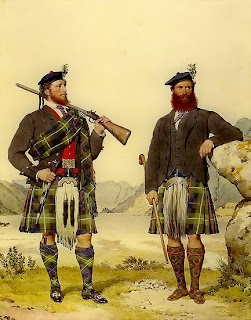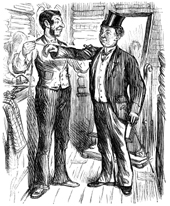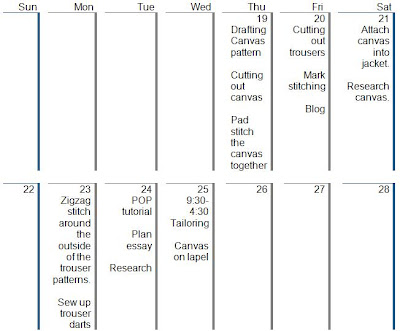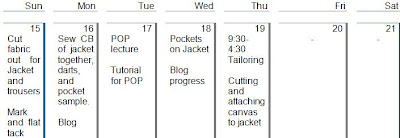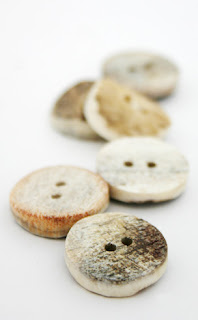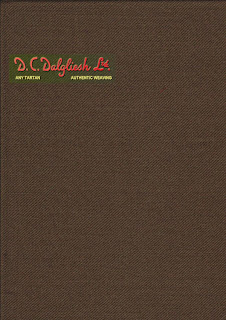When it came to sewing my trouser pockets together I remembered the mistakes made on my sample and made sure that I used my resolutions to achieve a better pocket. As shown above in the middle photo I made sure the tension of the bobbin was right before zigzagging around the facing, this has achieved a more profession finish and a smoother finished pocket without any ridges, distortion or decreasing of the pocket size.
I also deiced to use my lining fabric instead of the pocketing as this is what I used in my jacket and I want the two to connect.
I made sure the my tacking was equal along the mouth making a perfectly shaped mouth, which I am happy with on both pocket, which match in the same curved shape.
I faced more of challenge when constructing the pockets on the trousers as I had to match the checks wrapping around the body (horizontally). Matching the two facings inside the trousers to the outside trouser leg. To do this I found it easiest to do calico cut outs of the facings and then mark on the check lines, I then used this as a pattern on the cloth. This worked well for the first facing sewn on (the one furthest away from the body) as horizontal lines would have gone off at an angle instead of wrapping round in a straight line.
However, for the facing add last (the one closest to the body) I used trouser leg to match up the pattern so when sewn together they are the same, with continues matching of lines. I found matching the two different facings in this way that they both land up the same, matching inside to each other across the horizontal line, with the pattern flowing into the top cloth matching.
Overall I am very happy with my trouser pockets, though the true finishing of the pocket will be decided when I sew the back trouser leg to the front along the side seam.
